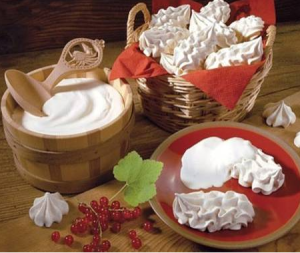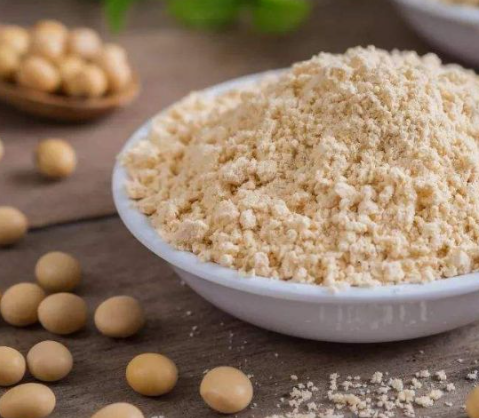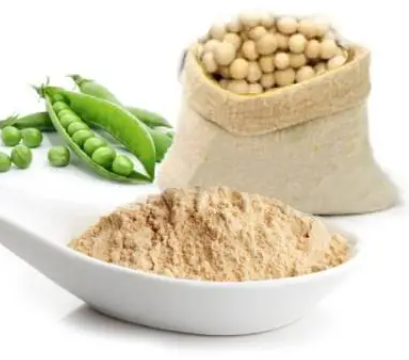Pea protein is a food product and protein supplement derived and extracted from yellow and green split peas, Pisum sativum. It can be used as a dietary supplement to increase an individual's protein or other nutrient intake, or as a substitute for other food products (e.g. the substitution of dairy milk by pea milk). As a powder, it is used as an ingredient in food manufacturing, such as a thickener, foaming agent, or an emulsifier.
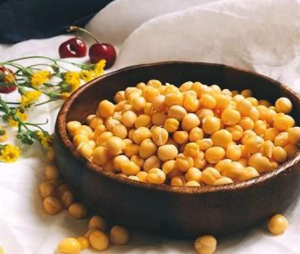
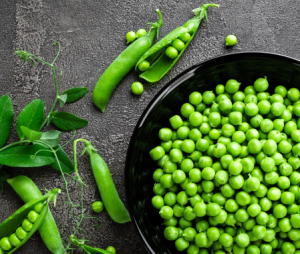
It is extracted in a powder form and can be processed and produced in different ways:
- As an isolate - through the process of wet fractionation which produces a high protein concentration
- As a concentrate - through the process of dry fractionation which produces a low protein concentration
- In textured form, which is when it is used in food products as a substitute for other products, such as meat alternatives
Pea protein is a food source due to its availability, low allergenicity, and high nutritional value. It is a common source of plant food protein.
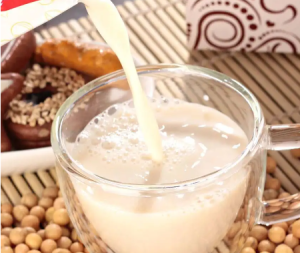
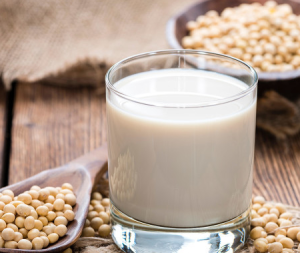
Pea protein is criticized for its effects on digestion, taste, and high sodium content. Depending on the method of processing, pea protein can contain certain levels of trypsin inhibitors, phytates, and lectins, which can cause negative side effects, such as reduced nutrient uptake and intestinal damage.
Dietary supplement
The nutritional qualities contained in pea proteins can be used to supplement people with certain deficiencies, or people seeking to enrich their diet with nutrients. Peas are an excellent source of proteins, carbohydrates, dietary fibre, minerals, vitamins, and phytochemicals.

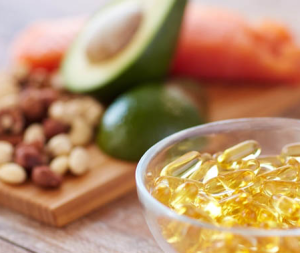
Dietary substitute
Pea protein can be used as a protein substitute for those who cannot consume other sources as it is not derived from any of the most common allergenic foods (wheat, peanuts, eggs, soy, fish, shellfish, tree nuts, and milk). It may be used in baked goods or other cooking applications to replace common allergens. It is also processed industrially to form food products and alternative proteins such as alternative meat products, and non-dairy products. Manufacturers of alternatives produce a dairy alternative pea milk. Pea protein is also used in meat-alternatives and egg alternatives.


Functional ingredient
Pea protein is also used as a low-cost functional ingredient in food manufacturing to improve the nutritional value and texture of food products. They can also optimize the viscosity, emulsification, gelation, stability, or fat-binding properties of food. For example, the capacity of pea protein to form stable foams is a property in cakes, souffles, whipped toppings, and fudges.

